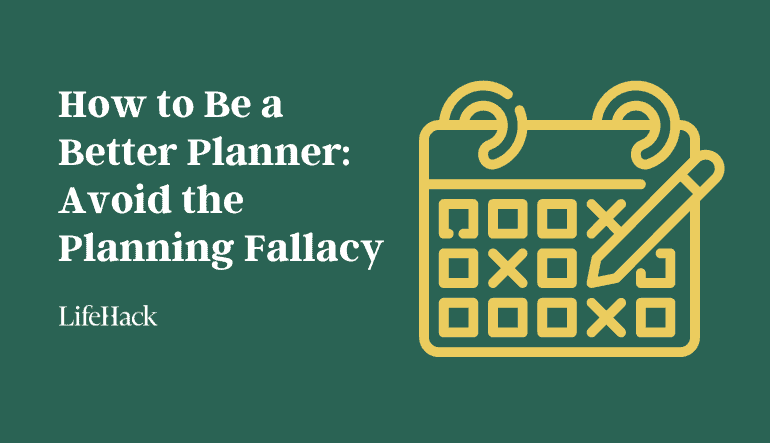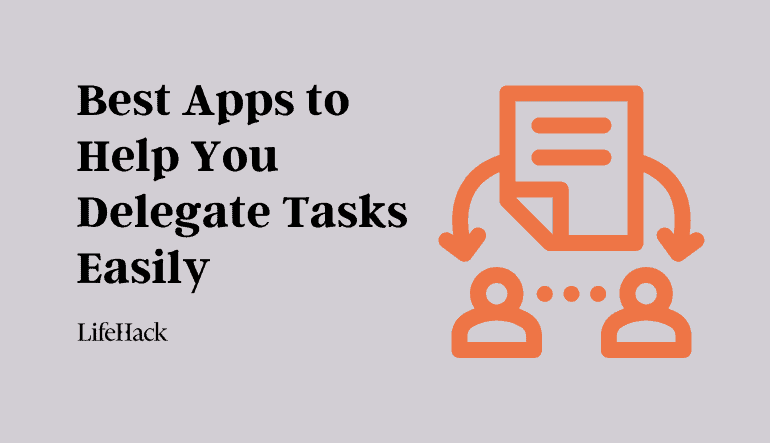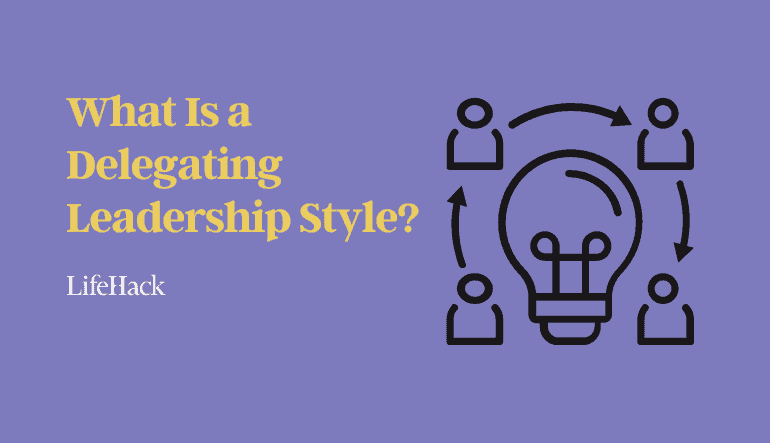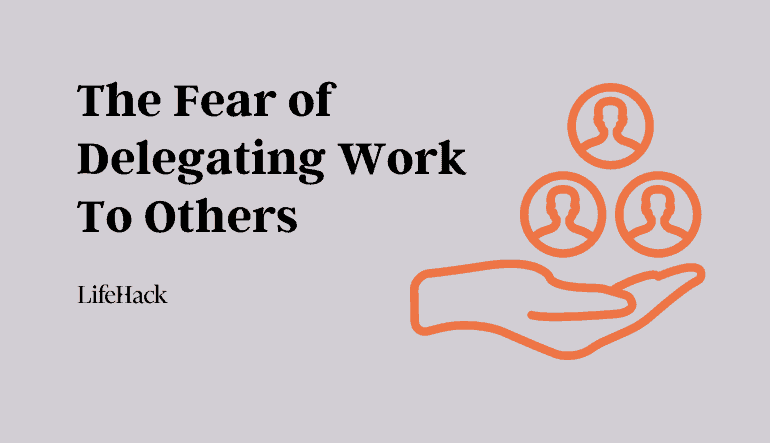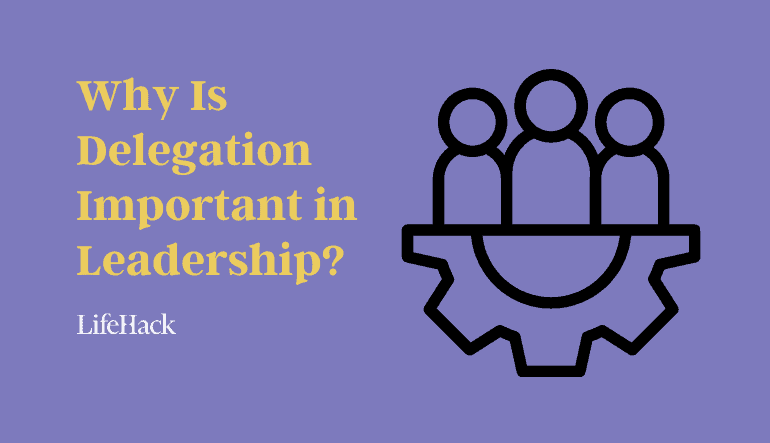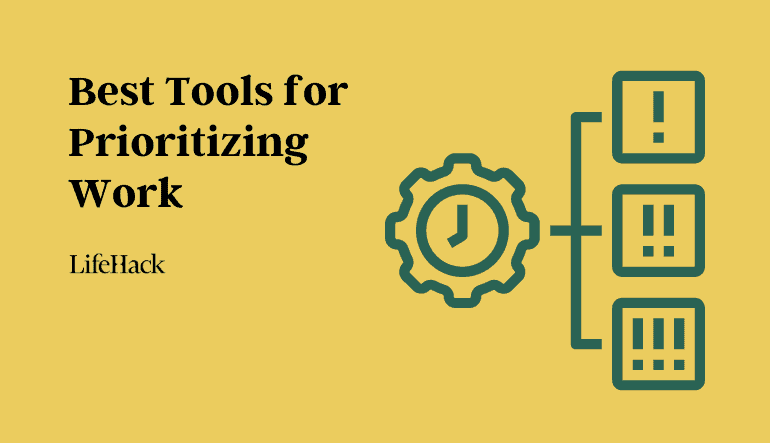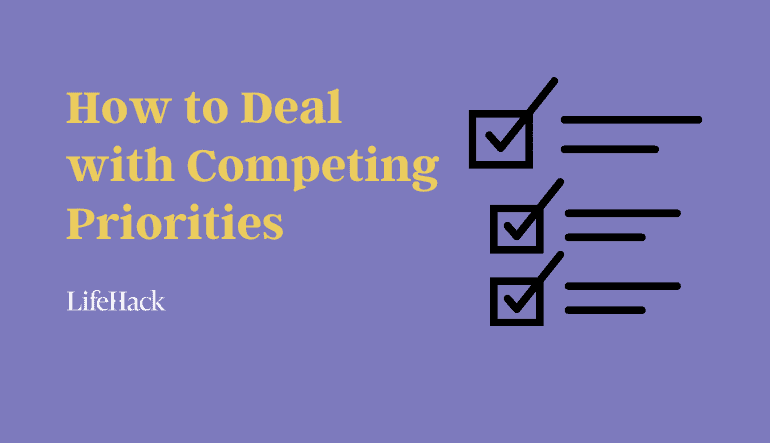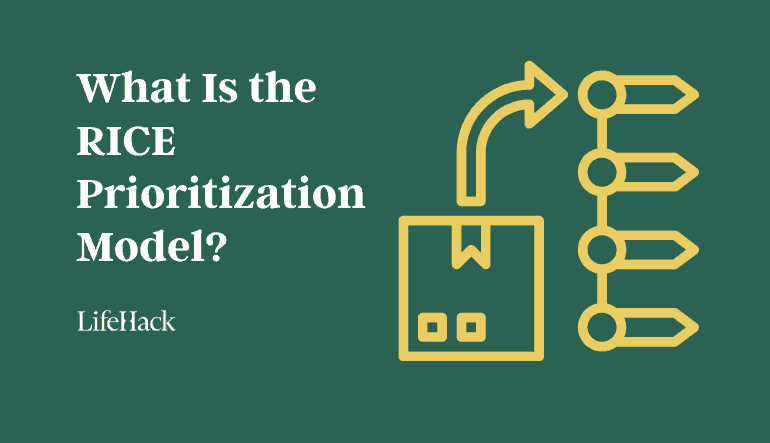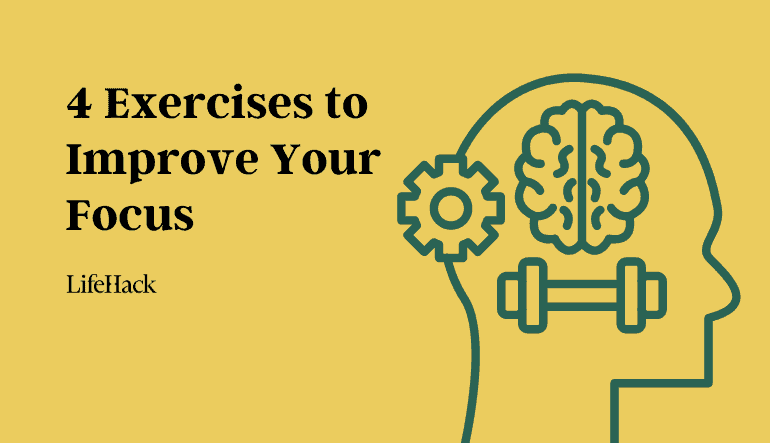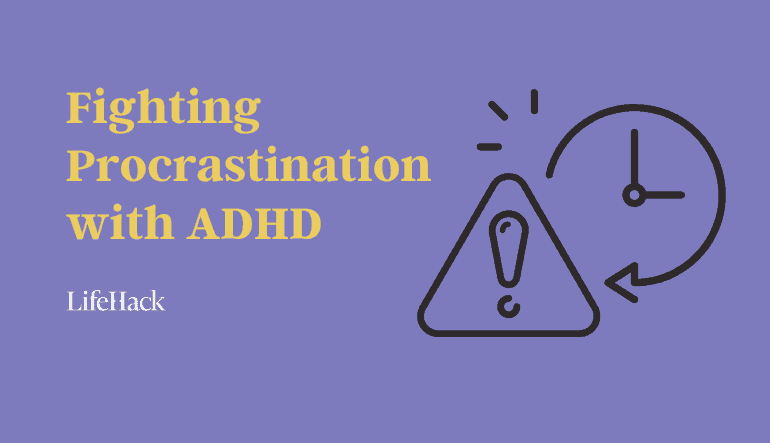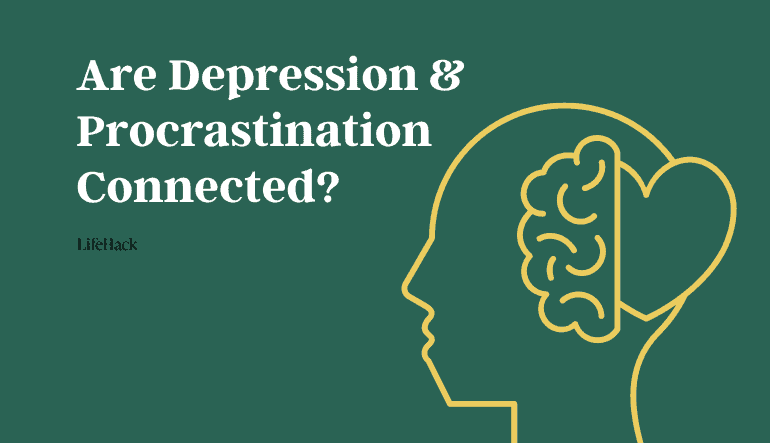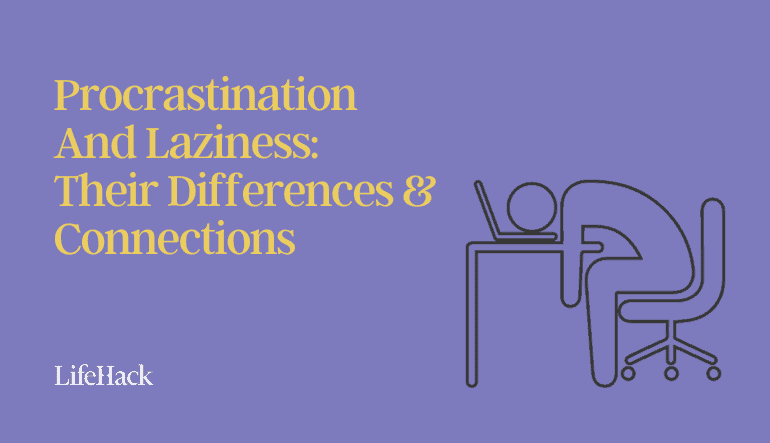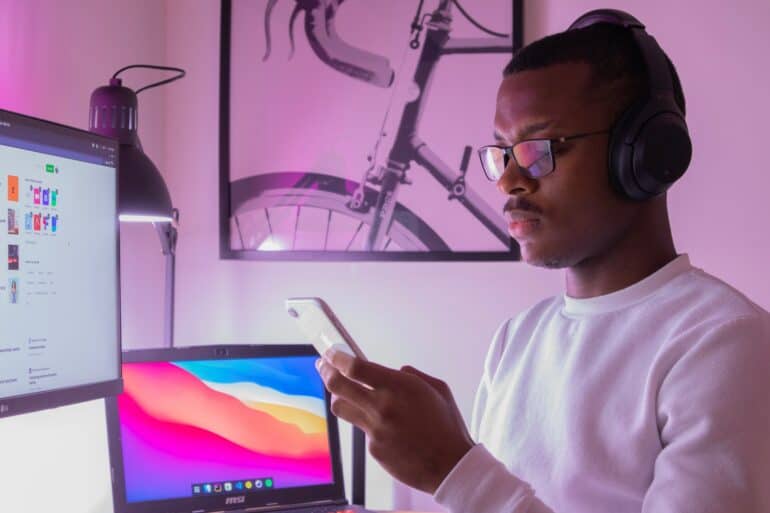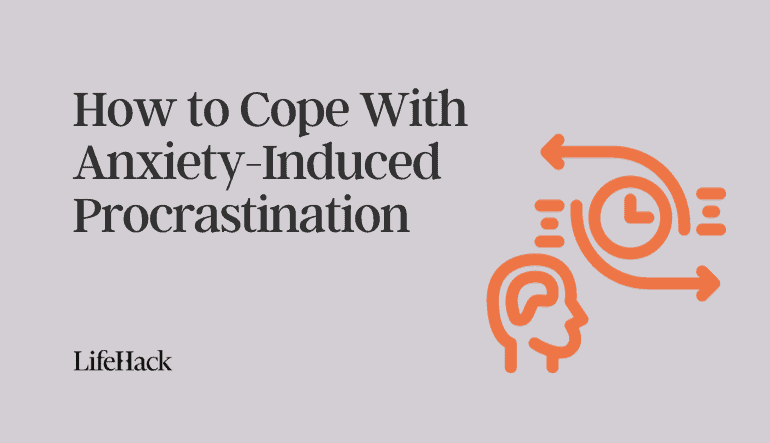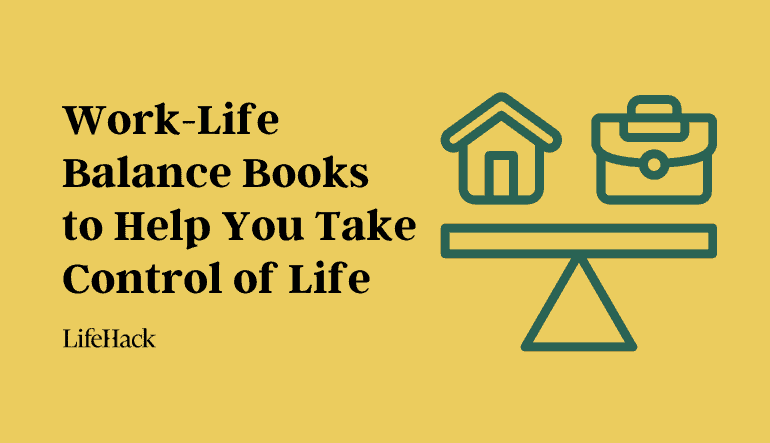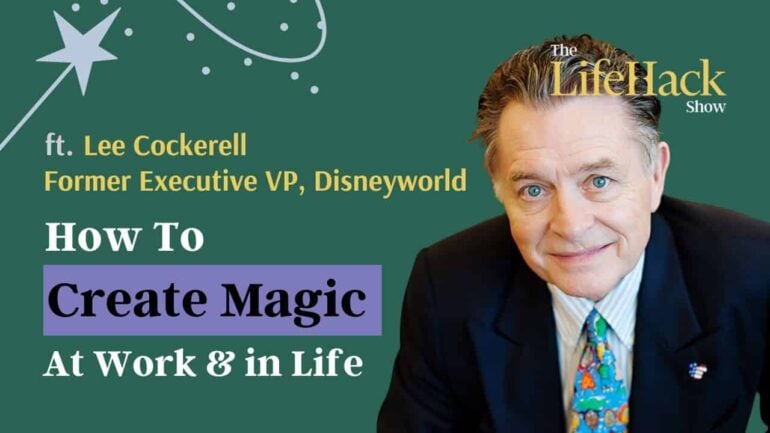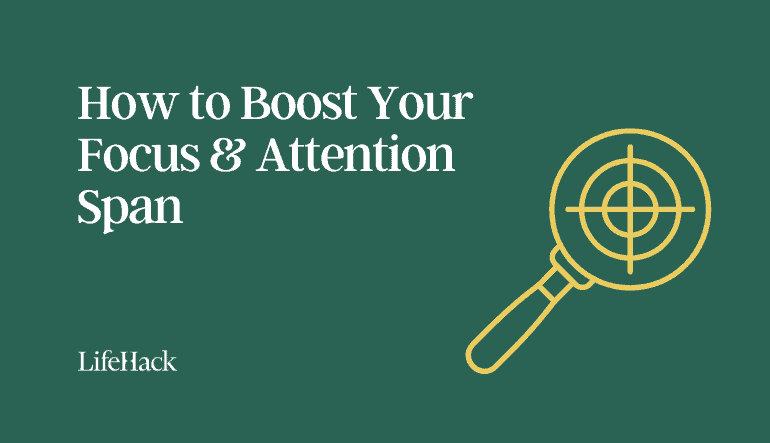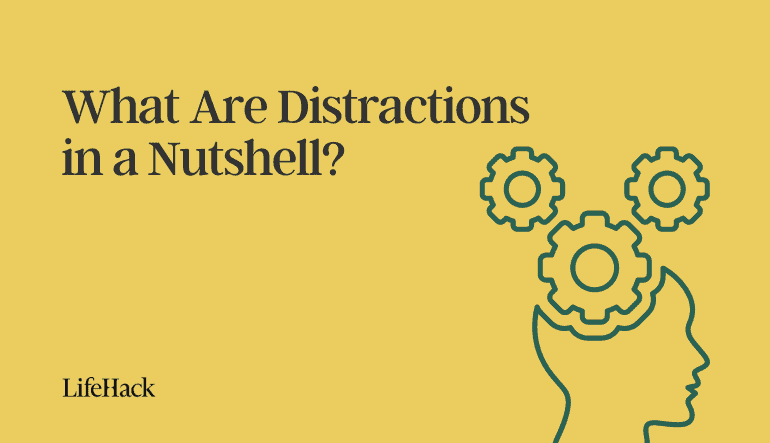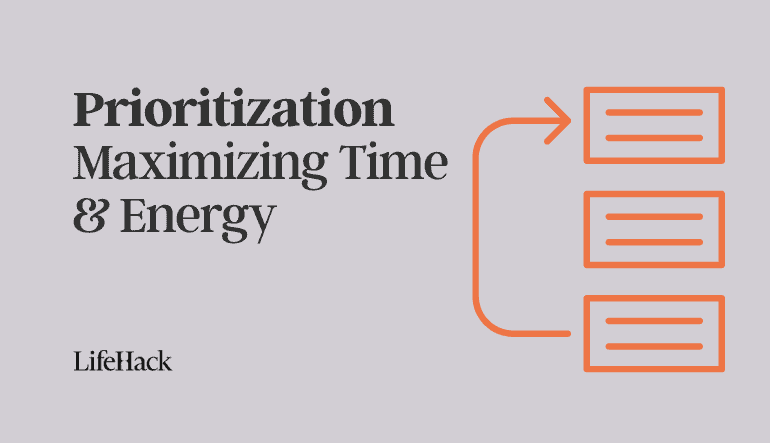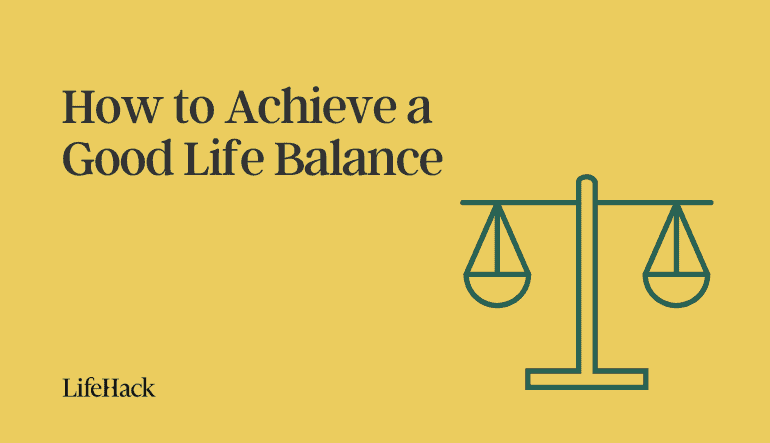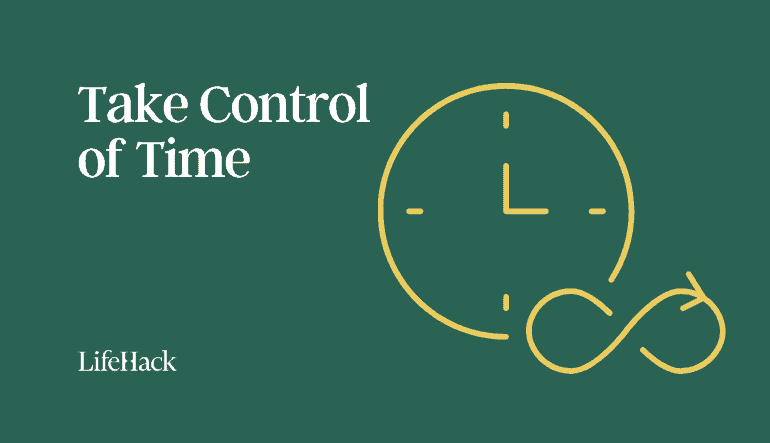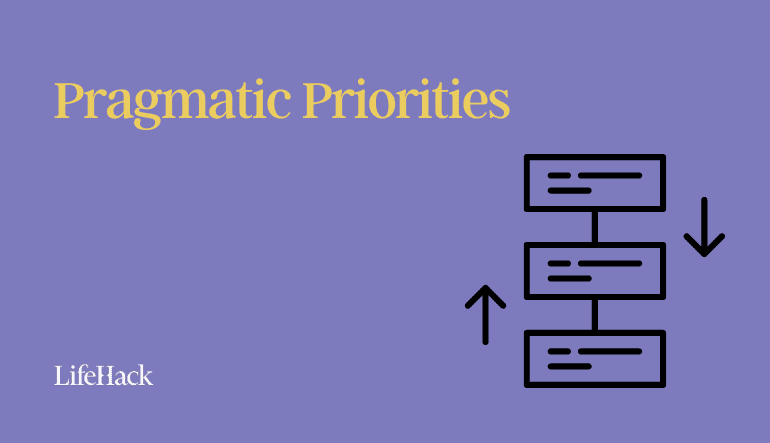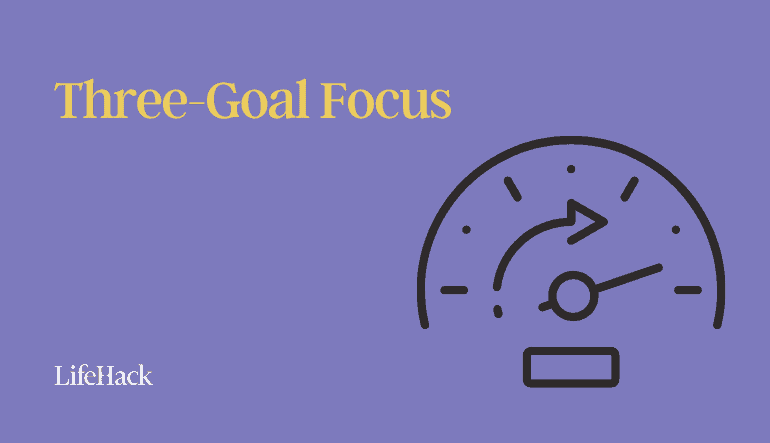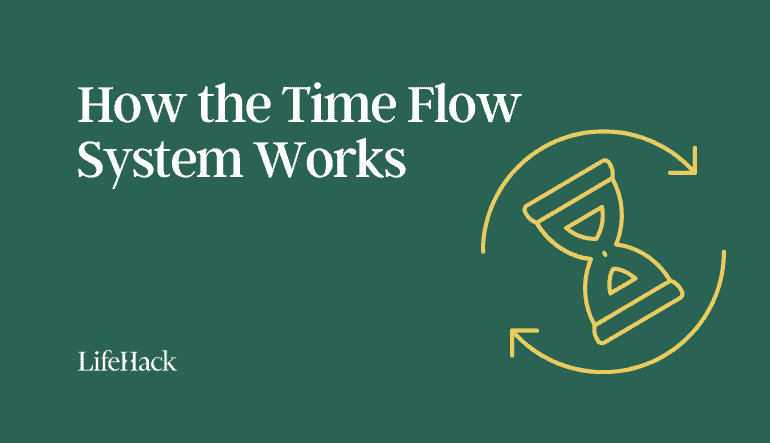Someone walks over, introduces themselves, and raises their hand out in front of you. How do you know what you’re supposed to do next? The answer comes from observational learning.
If this were the first time you saw this behavior, you wouldn’t have a clue what to do. If you were from an Eastern culture, you might go to bow toward this person; you know what to do because, since childhood, you’ve observed many adults shaking hands.
So, what is observational learning? Observational learning is a learning theory in psychology that describes how we learn by watching and imitating others.
In this article, we will look into what observational learning really is and how it helps you learn and grow.
Table of Contents
What Is Observational Learning?
Young children learn many of their behaviors and expressions through observation. We pick up things as fundamental as walking, playing, gestures, facial expressions, and body postures via observational learning.
In the 1970s, psychologist Albert Bandura outlined a four-stage process of how observational learning occurs:[1]
- Attention: Notice something in the environment.
- Retention: Recall what was noticed (memory).
- Reproduction: Copy or mimic what you noticed.
- Motivation: Get reinforcement or punishment from the environment for completing the behavior (or not).
Neuroscience provides further evidence. Mirror neurons fire when one animal acts and another animal observes as if the neurons in one brain are mirroring the patterns of another brain.
The result?
You make a funny face at a baby, and the baby starts imitating the behavior by making the same funny face.
What Influences Observational Learning?
Observational learning doesn’t always occur, so it’s essential to understand the conditions in place when it does.
When are we more likely to imitate others? It happens when:
- You doubt yourself and your abilities.
- You are confused or in an unfamiliar environment.
- You’re in a position of authority, like a boss, leader, or celebrity.
- Someone is similar to you in some way: interest, age, or social class.
- You see someone getting rewards and punishment for their behaviors.
Here is an observational learning example: Let’s say four people go out to an upscale restaurant. One person frequents this type of restaurant, but it’s the first time for the other three individuals.
The person who is comfortable in this environment knows what to do: when and where to place the napkin, how the place setting works, and how to communicate with the wait staff. Because she knows what to do in this situation, she’s the authority.
The rest of her company is in an unfamiliar environment, and when we don’t know how to behave, we tend to look around and observe the behavior of others.
Somehow, we know who to observe by picking up subtle cues. Without having to think about it, the rest of the party subconsciously looks around and begins to discern who the “expert” is and what she’s doing. This sort of process frequently happens throughout our development and the rest of our lives.
How Observational Learning Supports Your Personal Development
Observational learning usually occurs subconsciously in social situations. That is, our basic need to belong, or “fit in,” drives us to adapt our behavior to the actions of others.
However, the real power of observational learning comes from making this process active and conscious.
Once you understand how observational learning works, you can choose to apply it in ways that support your personal and professional development.
Modeling
Modeling is another term for observational learning. Let’s say you want to become an expert presenter. Start by finding a few presenters that you believe are highly skilled and watch what they do.
Pay attention to how they hold themselves when they pause, and what points they emphasize. Are they using slides, imagery, sounds, and gestures to get their points across?
Modeling the success of others is perhaps the fastest way to elevate your game and make rapid progress in your development.
Shadowing
In the workplace, observational learning is often called shadowing.
By shadowing an experienced employee for a period, you’ll naturally learn how to perform the tasks this person does each day. This process works effectively in sales environments, too.
Apprenticeship
If you study the masters of any field, you quickly learn that they had great teachers or masters from whom they learned.
In Mastery, author Robert Greene points out that those who reach the level of mastery in any field submit to a rigorous apprenticeship to absorb the secret knowledge of those with many years of experience.
Similarly, in The Talent Code, Daniel Coyle highlights that anyone who cultivates talent has a master coach who knows how to break things down and teach things in a way that accelerates the process of learning.
So if there’s any area of your life that you’re seeking mastery in, with whom can you form an apprenticeship?
In this article, you can learn more about apprenticeship at work: What Is an Apprenticeship and What Value Can It Bring to Your Career?
Hijacking Your Behavior
Our brains, in many ways, are like sponges in that we absorb what we observe. While this observational learning can be a powerful tool for our personal growth and development, it can also be a destructive force.
Consider all of the bad behavior we witnessed when we were kids (and still today):
- Poor attitudes
- Nastiness and rudeness
- Passive-aggressive behavior
- Neurotic tendencies
- Addiction
- Deceit and lying
- Greed
- Procrastination
- Negative self-talk
These are some examples of observational learning. The list goes on. And yes, we observed and absorbed these behavioral patterns too from our parents, teachers, family members, and friends.
We also adopt behavior we observe on television and in the media. Studies show, for example, that teens who watched a lot of sexual content were more likely to start having sex soon after. [2]
Does this mean that watching violent movies will make you act violently? Not necessarily, but these images are imprinted in our unconscious and often later express themselves under the right conditions.
Here’s the bottom line: Be very conscious of the media you consume and who you spend your time with.
Our minds are like computer hardware, and what we observe is like software. Choose positive and life-supporting software if you want your brain to mimic it!
8 Ways to Use Observational Learning to Your Advantage
Here are five tips to make observational learning theory work for you:
1. Find the Right Person to Learn from
It has been proven through multiple studies that people learn better from those who fit a certain profile that attracts the learner:
- Someone You Respect: You will always learn a lot from a person you respect, even if this person is not actively seeking to teach you. You will focus on them when they speak, you will observe their mannerisms, and you will unconsciously learn from all the things they say and do around you.
- Someone You Identify With: A person you identify with on any level will always be a good teacher. It could be someone in a position of authority or a peer. You could feel this person has experienced some of the same things that you have and has managed to rise above them. This connection with someone will make you more attuned to them and help you learn by observing them. Athletes, celebrities, and other successful professionals who have overcome hardships are popular options for observational learning.
- Someone You’re Attracted to: It could be a celebrity, a peer, or anyone else at all. You could be attracted to them for any reason at all: their looks, talent, popularity, sense of humor, lifestyle. Whatever it is, it makes you sit up and pay attention, which will aid in observational learning.
- Someone at a “Higher Level” Than You: This could be a senior executive at your workplace, a teacher in college, or an older sibling. Any person who is in a position of authority and is well able to shoulder the responsibility their position brings is a good option.
2. Be Highly Selective on What, and When You Observe
Remember, observational learning is taking place whether we want it to or not. To harness this powerful force, consciously select who you are observing and modeling and in what context.
For example, if you know someone who’s highly productive in their work, ask to shadow them.
However, keep in mind that this individual may be an entirely different person when they aren’t working, so be mindful of what behavioral patterns you’re absorbing.
3. Pay Attention to the Details
Those who achieve mastery in any area of their lives do so by mastering the fundamentals and then continually improving on more subtle levels. To the inexperienced eye, it’s often difficult to notice what they do differently.
In the case of negotiations, for example, a skilled negotiator knows how and when to disarm the other player. Sometimes these skills express themselves instinctively, so you may pick up on details in behavior the individual doesn’t even know they are doing during observational learning.
4. Maintain a Playful Attitude
Many of us are conditioned to believe that seriousness is a valuable quality for learning. Psychologist Abraham Maslow, however, found that self-actualizing individuals,[3] or individuals with positive mental health, tend to have a more innocent, playful attitude when they are learning and developing.
Research also shows that we learn up to ten times faster in the areas that are interesting to us.[4] Therefore, stay curious, open, and ready to learn.
5. Rehearse What You Observe in Your Mind
Studies show that rehearsing specific patterns of movement in our mind’s eye can help our brains encode desired actions and behaviors.[5] Many peak-performance athletes and musicians use this form of creative visualization training.
Visualization practices are extraordinarily powerful when you do it right before bedtime so your subconscious mind can process the images while you sleep.
6. Take Good Notes
While this may sound contrary to observational learning, it really isn’t. When you have stepped out of the learning environment and are working to commit the newly acquired knowledge to memory, writing it down helps a great deal.
Rephrase your learning. Write out notes in your own words unless there’s a phrase that you think is perfect or if you are using a direct quote.
Remember, the brain remembers in pictures. If words aren’t your thing, use mind maps, mnemonics, or any other aid that will help you revisit the information you just committed to memory.
7. Don’t Just Observe; Do
To make observational learning stick, you must also do whatever it is you’re observing. Many companies combine shadowing experienced employees with hands-on training to accelerate learning and development.
8. Rest Your Mind
In order to learn from observation, your mind needs to be alert to everything that is happening around it. A well-rested brain is proven to be better at learning and making new connections.
If you don’t already have a routine, create one and stick to it. You should aim for seven hours of uninterrupted sleep so your mind wakes refreshed and ready to learn.
Give your mind a few minutes to disconnect throughout the day so that when you need it to connect with your surroundings, it is ready to do so. Meditation can be a great option for this as it creates space for the brain to rest.
When you’re in an intense or even boring environment, your brain can disconnect because of information overload or sheer boredom. If you are distracted where you need to be focused, take a break. A short walk outside, drinking a coffee at a café, or even a few moments in the sun will do you a world of good.
The Bottom Line
What is observational learning psychology? Observational learning is a great option for learning many tangible skills and concepts. Whether you learn from a parent, friend, teacher, or mentor, you’ll be gaining knowledge that will serve you in the long run.
In the personal development space, observational learning is often called modeling the success of others.
Here are three questions to help you get started right now:
- What skills and behaviors do you want to learn?
- Who already possesses these skills and behaviors?
- How can you start modeling these individuals right away?
Take a look around and identify people and places that can help you get started with purposeful observational learning.
Featured photo credit: Tyler Nix via unsplash.com
Reference
| [1] | ^ | Simply Psychology: Bandura – Social Learning Theory |
| [2] | ^ | Psychology Today: Overexposed and Under-Prepared: The Effects of Early Exposure to Sexual Content |
| [3] | ^ | CEOSage: A Complete Guide to Self-Actualization: 5 Key Steps to Accelerate Growth |
| [4] | ^ | MindShift: How the Power of Interest Drives Learning |
| [5] | ^ | Trends Cogn Sci: Mental Imagery: Functional Mechanisms and Clinical Applications |
